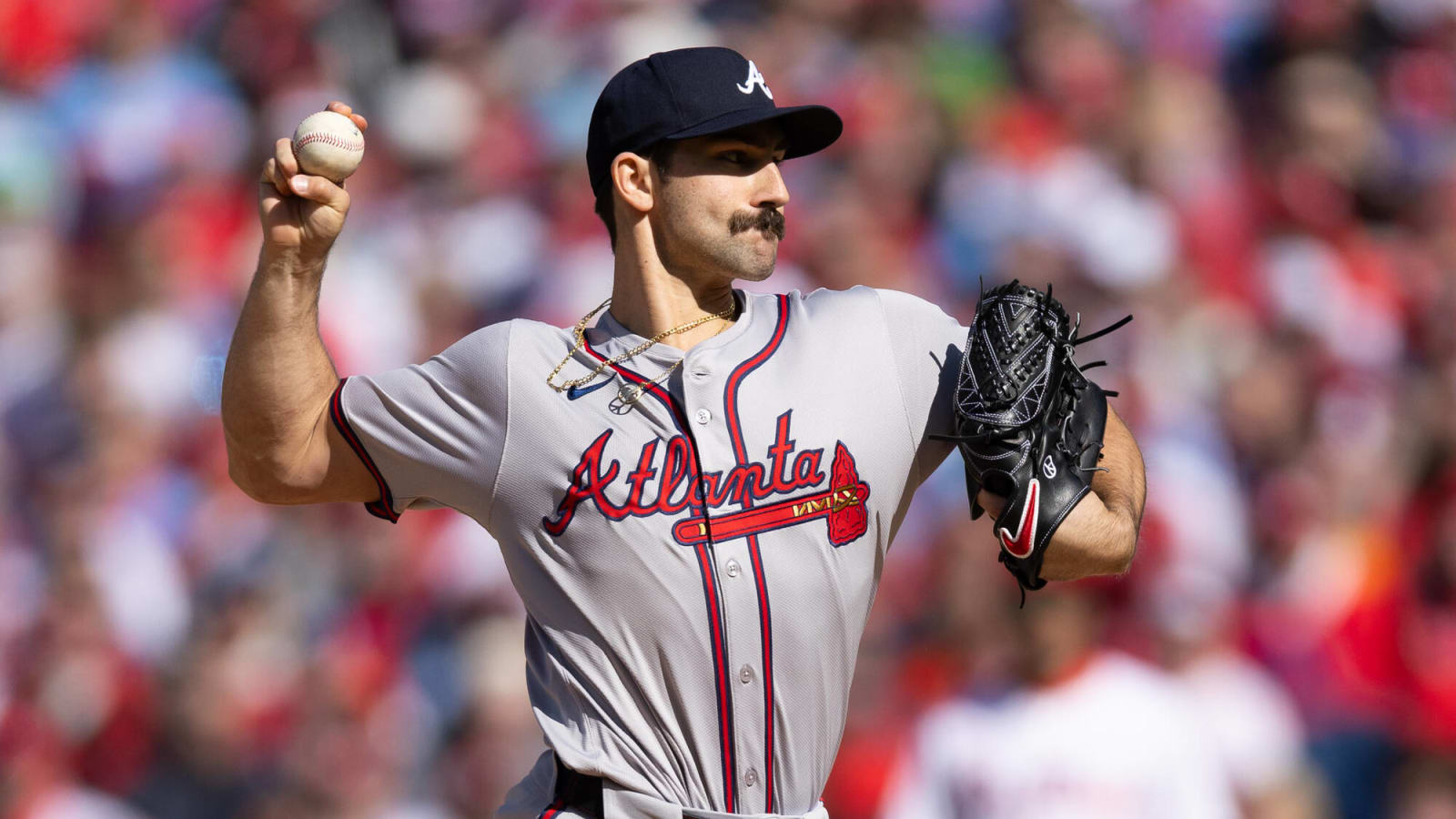
The Braves worst fears were realized earlier this week when Spencer Strider underwent internal brace surgery on a torn UCL. The surgery is a newer alternative to the more traditional Tommy John surgery, hopefully allowing Strider to recover a few months quicker. But the Braves are still going to be without him for the rest of this year and probably a good chunk of next year, something a lot of teams are unfortunately dealing with when it comes to their star pitchers.
Baseball has an epidemic. Pitchers are dropping like flies with UCL injuries, and it’s time for everyone who cares about the game to step back and attempt to pinpoint the reason for this rise in elbow injuries.
Some will point to the newly implemented pitch clock, but I’m not sure that’s playing much of a factor. This is an issue that far proceeds the pitch clock, which was implemented at the major league level just last year. Others will suggest the ban on “sticky stuff,” which allowed pitchers to get a better grip on the baseballs. However, those rules also only began to be strictly enforced a couple of years ago. The rise in UCL injuries has been going steady for the better part of a decade.
When it comes to this problem, there seems to be one common denominator — velocity.
Pitchers these days are expected to throw 95+. Anything less than that is considered slow, and it’s reflected in their opportunities and contracts. The Braves have the perfect example on their team.
While one the Braves, Jesse Chavez has performed like one of the best pitchers in baseball. In 2021, he posted a 2.14 ERA. In 2022, it was 2.72, and last year it was all the way down to 1.56. Despite that, Chavez has not been re-signed multiple times, traded, and has never signed anything more than a minor-league contract with an invite to Spring Training.
Why?
Because he throws it 90 MPH. If Chavez threw the ball 95-99 and put up those same numbers, he would have 30 teams lined up to hand up $40+ million. Teams value velocity these days more than results, which is fair in some aspects, but maybe it’s time that changed.
Take a look at the starting pitchers with the highest average velocities and their current health status. It’s jarring.
Highest average fastball velocity in 2023 and current health status pic.twitter.com/7IBtDnmPjA
— James Schiano (@James_Schiano) April 14, 2024
That’s seven out of the top thirteen pitchers that are currently on the IL, many with season-ending injuries. To go even further, let’s take a look at the six that are healthy.
Hunter Greene is only 24-years-old and had Tommy John surgery in 2019. Jesus Luzardo is only 26-years-old and underwent Tommy John surgery back in 2016. Tyler Glasnow has been injured for basically his entire career, including Tommy John surgery in 2021. Of the guys on this list, there are only a few who haven’t suffered career-altering injuries, and most of them are just getting their careers started, well below the age of 30.
MLB and its teams can continue to turn a blind eye to the problem, and they very well may do so. Velocity is tougher to hit, and it’s also more enjoyable to watch as a fan. However, when might the trade-off be enough for something to be done? Velocity may be more fun to watch, but how is the game better when the best pitchers are missing a year and a half of their primes recovering from injury?
It’s an extraordinarily complex situation to address, and there may not be a solution. Pitchers these days are preached, “Velocity, velocity, velocity,” from such a young age. Until that changes, I’m not sure there’s really anything Major League Baseball can do.
More must-reads:
- Skubal, pitching staff have Tigers on playoff trajectory
- MLB rankings: The five most disappointing free-agent signings
- The 'Active MLB strikeout leaders' quiz
Breaking News
Customize Your Newsletter
 +
+
Get the latest news and rumors, customized to your favorite sports and teams. Emailed daily. Always free!

